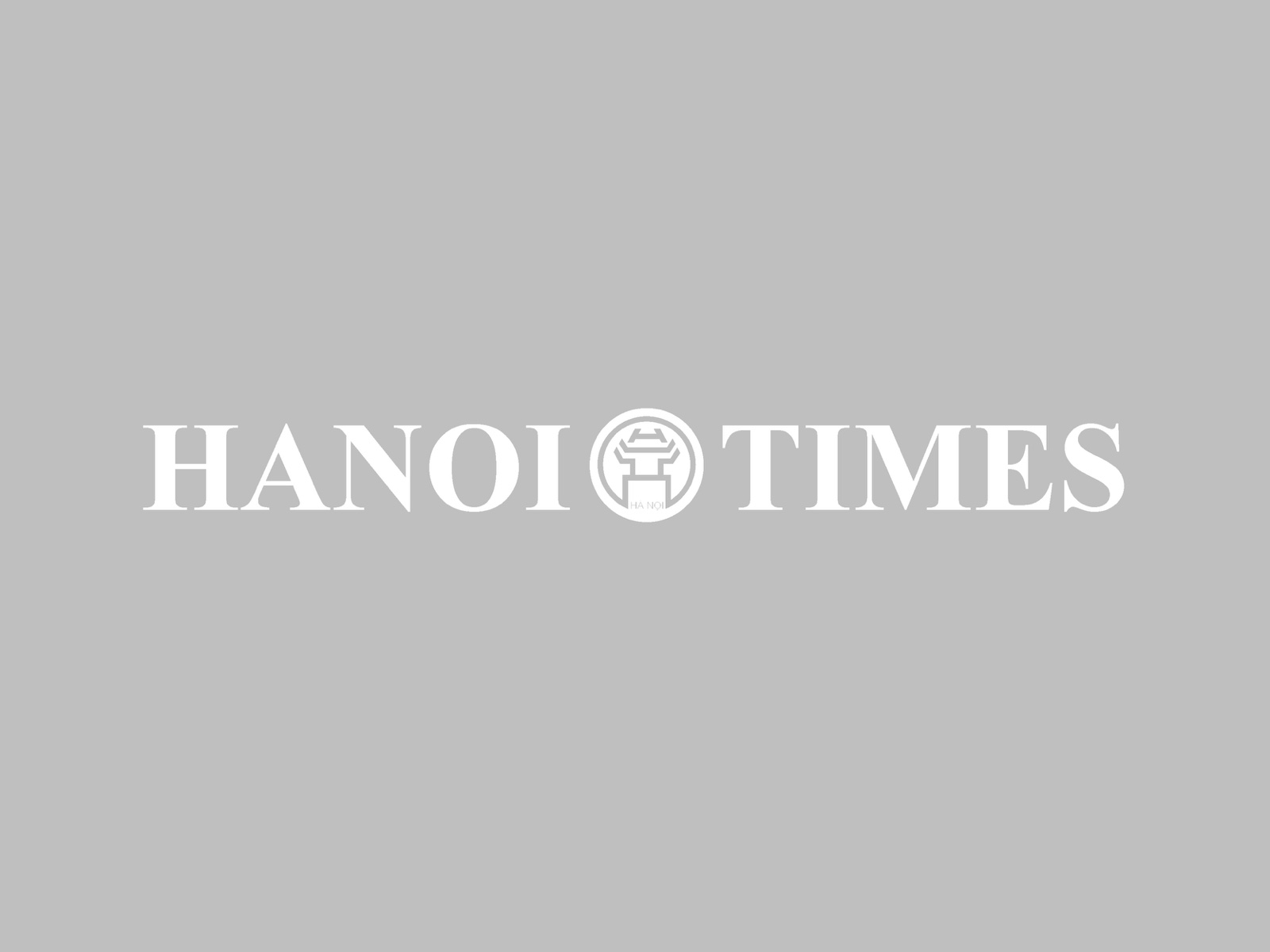Econ
Vietnam maintains inflation target of 3.5% in 2019
Sep 28, 2019 / 03:03 PM
The inflation target of 3.5% for this year is feasible, unless unexpectedly major changes take place.
Vietnam will keep inflation target for 2019 at 3.5%, said Deputy Prime Minister Vuong Dinh Hue at a quarterly meeting of the Steering Committee on Price Management on September 27.
Assessing the economic performance over the last nine months, Hue said the inflation target of 3.3 – 3.9% for 2019 set by the committee in the previous meeting is feasible, unless unexpected situations occur in the remaining period of the year.
According to Hue, in a scenario where prices of pork, gas and petroleum increase by 10%, in addition to higher prices of health services and potential natural disasters, among others, the government is still able to control the growth of the consumer price index (CPI) in 2019 at 3.3 – 3.5%, instead of 3.3 – 3.9% as projected earlier.
To achieve this target, Hue requested government agencies and provinces/cities to closely follow the supply – demand balance of the market and prices of goods, particularly those of essential goods during festive periods at the end of the year.
The Ministry of Industry and Trade is tasked with promoting exports and monitoring imports, ensure the balance of payments and prices are under control, Hue said.
Hue requested the State Bank of Vietnam to manage the monetary policy in a flexible and proactive manner, which is in coordination with trade and financial policies to control core inflation at 1.9%.
Hue expected related government agencies to continue adjusting the market price of essential goods and services under state administration in the context of low inflation rate.
In the third quarter of 2019, Vietnam’s CPI has been on the rise, expanding in July by 0.18%, in August by 0.28% and in September at estimated expansion of 0.4 – 0.6% on a monthly basis.
However, the CPI increase in the third quarter remains lower than the previous forecast, leaving room for the committee to further manage the inflation rate.
Statistics from the General Statistics Office (GSO) revealed the average CPI in September expanded 2.52% year-on-year, the lowest 9-month riserate over the last three years (in 2017 and 2018 were 3.79% and 3.57%, respectively).
The committee attributed the low CPI rise to the SBV’s decision to cut the benchmark rate by 0.25 percentage points, helping maintain lending rates at low level in the January – September period.
Additionally, a decrease in prices of petroleum, gas, electricity and railway ticket in September also contributed to a lower than estimated CPI.
In 2018, Vietnam's CPI grew 3.54%, half the nominal GDP growth rate of 7.08%.

Deputy Prime Minister Vuong Dinh Hue at the meeting. Source: VGP.
|
According to Hue, in a scenario where prices of pork, gas and petroleum increase by 10%, in addition to higher prices of health services and potential natural disasters, among others, the government is still able to control the growth of the consumer price index (CPI) in 2019 at 3.3 – 3.5%, instead of 3.3 – 3.9% as projected earlier.
To achieve this target, Hue requested government agencies and provinces/cities to closely follow the supply – demand balance of the market and prices of goods, particularly those of essential goods during festive periods at the end of the year.
The Ministry of Industry and Trade is tasked with promoting exports and monitoring imports, ensure the balance of payments and prices are under control, Hue said.
Hue requested the State Bank of Vietnam to manage the monetary policy in a flexible and proactive manner, which is in coordination with trade and financial policies to control core inflation at 1.9%.
Hue expected related government agencies to continue adjusting the market price of essential goods and services under state administration in the context of low inflation rate.
In the third quarter of 2019, Vietnam’s CPI has been on the rise, expanding in July by 0.18%, in August by 0.28% and in September at estimated expansion of 0.4 – 0.6% on a monthly basis.
However, the CPI increase in the third quarter remains lower than the previous forecast, leaving room for the committee to further manage the inflation rate.
Statistics from the General Statistics Office (GSO) revealed the average CPI in September expanded 2.52% year-on-year, the lowest 9-month riserate over the last three years (in 2017 and 2018 were 3.79% and 3.57%, respectively).
The committee attributed the low CPI rise to the SBV’s decision to cut the benchmark rate by 0.25 percentage points, helping maintain lending rates at low level in the January – September period.
Additionally, a decrease in prices of petroleum, gas, electricity and railway ticket in September also contributed to a lower than estimated CPI.
In 2018, Vietnam's CPI grew 3.54%, half the nominal GDP growth rate of 7.08%.








